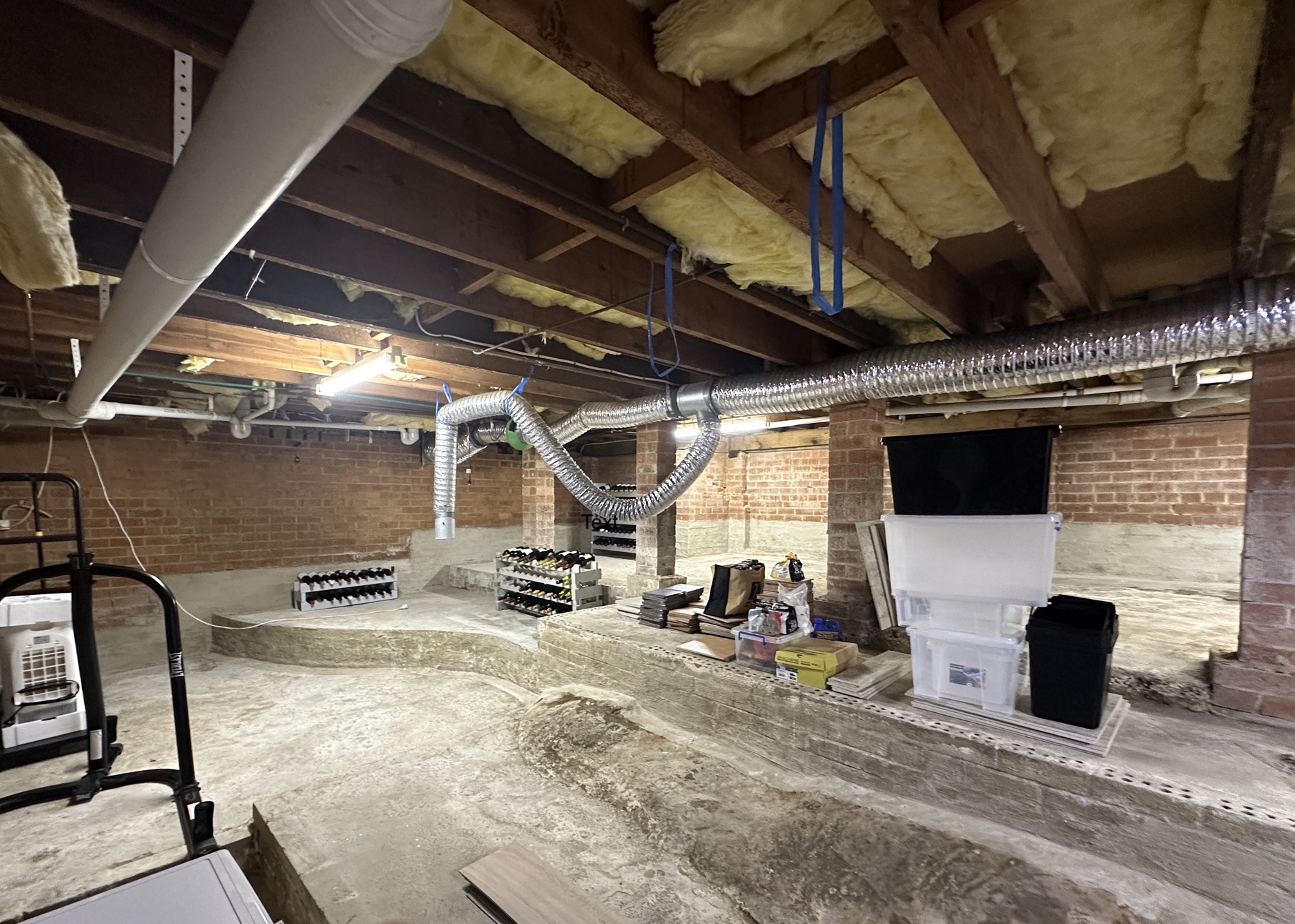
When is it time to upgrade your switchboard?
When is it time to upgrade your switchboard?
Switchboards, also known as fuse boxes, distribution boards, or electric panels, are a component of your home that probably gets ignored too often.
When thinking of electrical services that you need, you probably think of the maintenance of lights, circuits, smoke alarms, outlets and appliances. Yet switchboards are the junction between all these elements.
So how do you know if you have an efficient, safe and modern switchboard, or one that’s in urgent need of care and attention? Read on to find out.
What is the purpose of a switchboard?
Switchboards are the electrical “powerhouse” of your property that connects and distributes power to every electrical circuit in your house.
The switches in the board control whether your home has power, in what areas, and they are connected to a breaker system – or fuse system – so that they can shut off power when they sense an overloaded circuit, in order to prevent fires and other electrical hazards.
Electric panels are commonly found outside, generally on one of the exterior walls at the front or side of your home.
In apartments or units, the switchboard is commonly found inside.
What are the different types of switches on a switchboard?
Each switch in a switchboard controls circuits for either lights, outlets, or for individual appliances – these switches are called “circuit breakers.”
Depending on if your home only uses electricity, or if it also takes gas, there will be a different amount of circuit breakers.
Appliances that often have their own circuit breakers include:
- Ovens
- Alarms
- Electric hot water system
- AC systems
There is also a switch for overall electricity, to control the entire supply of electricity in your home.
Switches in a switchboard are different to light switches or switches on appliances because they are able to physically turn themselves off via circuit breakers that they are connected to.
Switchboards are designed this way so that when the breakers recognise an electrical fault, hazard, or overload, the switches can immediately turn off to prevent sparking, electrocution, appliance damage, and electrical fires.
When should I upgrade my switchboard?
There are several signs to look for if you’re wondering whether you need a switchboard upgrade.
If you still have a fuse box and not a switchboard, you should upgrade immediately.
The difference between a fuse box and switchboard is that fuse boxes only have a breaker system in which they shut down power to protect the actual circuit.
Switchboards have this same system as well as the function of protecting you from hazards inside your home.
If you have a switchboard and are unsure if it needs updating, try opening it up and taking a look at it. Keep your eye out for the following signs:
- If you see visible wires (wires should be protected by only being inside the cabinet of the box)
- Has ceramic fuses
- Asbestos warning stickers
- Has outdated panelling
- If you can’t read any of the writing anymore
- If any buttons or coverings have come off
If you consider how the average household lives today – with multiple TVs, sound systems, game consoles, computers, laptops, phones, etc. – it’s not hard to see that we have a much greater reliance on daily energy consumption. The difference from even 15 years ago is astronomical!
Older switchboards are not made to cope with modern technology and the type of loads we create today.
Different types of circuit breakers
There are different types of circuit breakers that switchboards have. Older switchboards are less likely to give you full coverage for all electrical accidents.
Speak with your electrician in the Northern Beaches about which breakers you have, which you should get, and how they can benefit you.
Never dismantle your switchboard’s cabinet or paneling yourself in order to see what breakers you have. Doing this is extremely dangerous and should only be done by a licensed and qualified electrician in Mosman.
Residual current device
Residual current devices (or RCDs) are designed to shut off power for “earth electrical faults.”
These include accidentally breaking an electrical wire in or outside your home, touching a live wire, or any type of incident where an electrical current is transferred into the ground.
Fuse
A fuse is a cylindrical safety device that turns off power when it senses an overcurrent. This works by a metal strip on its outside that melts slightly from the heat of an overcurrent which triggers the circuit to shut down.
Lightning arrestor
Lightning arrestors (or surge protectors) are devices specifically built in to detect lightning that’s struck a transmission line or equipment.
Lightning-caused electrical faults can create fires so arrestors are crucial in protecting your home.
Safety switches
A safety switch is the paramount protection device involved in preventing electrocution and electric shock. They are now mandatory on every circuit, so speak with your electrician now about safety switch installation.

Do you need a switchboard upgrade?
Plateau Electrical electricians in the Northern Beaches are ready to help!
We hope this blog post has encouraged you to think about your switchboard and make the call to ensure complete peace of mind for your home and family.
Plateau Electrical are electricians in Dee Why can come and review your switchboard and assess if it needs updating, repairs, or replacement.
Plateau Electrical provides a full suite of domestic electrical services, from electrical fault finding and through to downlight installation, TV wall mounting, and safety inspections.
So call Plateau Electrical today on (02) 9982 8668 or fill out this form and we’ll get back to you soon!

.jpg)

